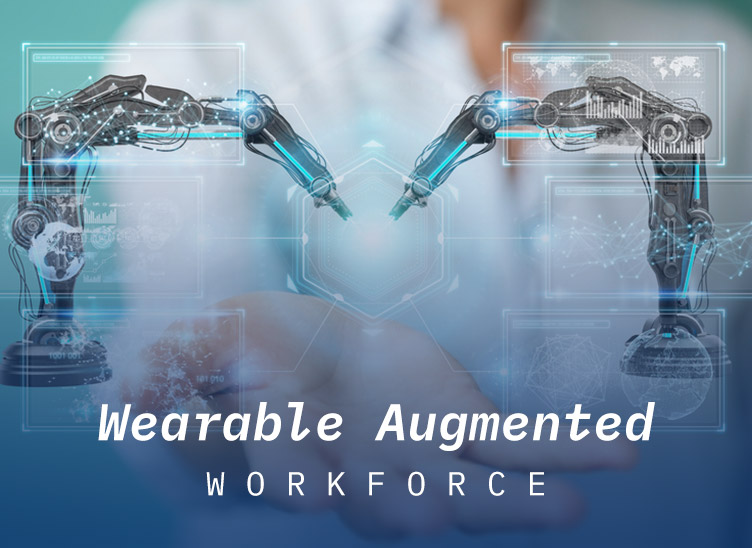
Wearable Augmented Workforce
The days of the future have arrived. Using robots in manufacturing isn’t new, but the robotic technology is advancing. Instead of hydraulic arms along an assembly line, new robots are coming to town. The Ford Motor Company is piloting a new device that is an exoskeleton worn by assembly workers who do a lot of manual labor. The purpose of the exoskeleton is to specifically help assembly workers more easily lift their arms above their heads, which they do more than 4500 times a day.
The name of the tool is EksoVest and is made by Ekso Bionics, which is headquartered in Richmond, California, the same site as a Ford factory. It is worn only on the upper body and is currently being piloted at two Ford plants. It not only supports the worker’s arms, but it also relieves stress on the shoulders by assisting to lift 5-15 pounds per arm once springs are activated. Some tasks require lifting tools, like drivers, torque wrenches, brushes, drills, and paint sprayers. Having the assistance to lift tools that weigh up to 8 pounds, a million times a year, can relieve a lot of wear and tear on the worker’s upper body.
The preliminary tests are showing that the hydraulic, non-powered vest helps assembly line workers reduce strain and risk of injury from tasks that are done on the frequent, short tasks that are so typical of assembly lines. This can help boost worker longevity and morale, allow workers to stay in their jobs for more years, and reduce injuries. In fact, workers are missing fewer days of work, transferring departments less, and are requiring fewer work restrictions. This helps keep workers safe, happy, and feeling valued.
While increased safety is a major benefit, there is another one that speaks to many manufacturers bottom lines; productivity. When workers are assisted in their work and can move more easily, they move faster. The faster they move, the faster the tasks are completed, and the production rates go up. This helps to create a more finished product without overburdening workers.
The idea of EksoVest brings an important issue to the manufacturing world. While automation seems to be the way of the future, there is value in augmenting a human workforce too. Robots that assist in the work are a valuable resource and help create a more economical answer to expensive automation concerns. With a human physically wearing the robotics, they have more control while still having the physical help from a machine.
For now, the two pilot programs are at factories in the United States. Ford is hoping to expand the technology to more of their factories and help give support to even more of their assembly line workers. Meanwhile, the manufacturing world will watch and wait to see how an augmented workforce influences the overall company.
